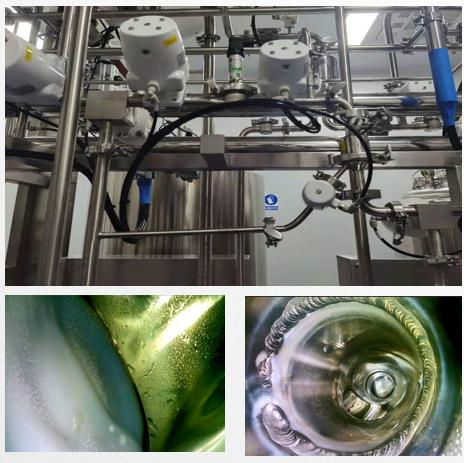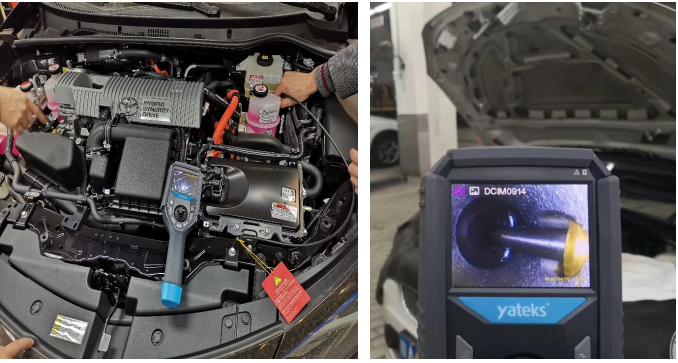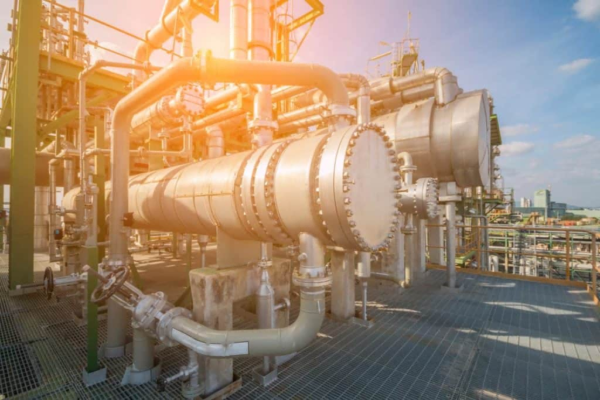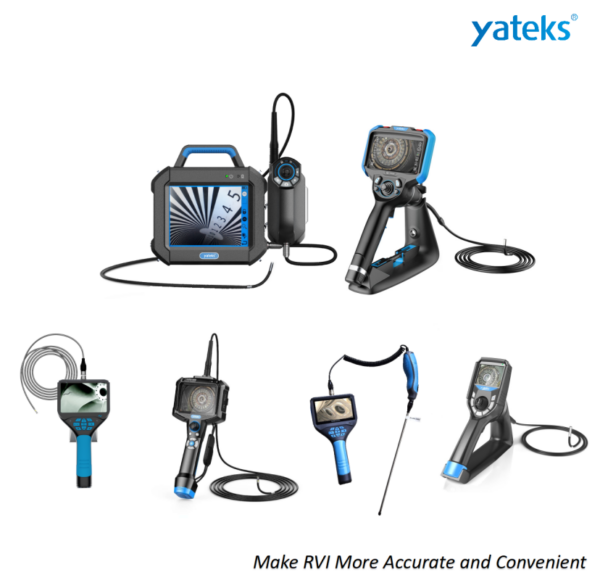Industrial borescopes are valuable tools in manufacturing for a variety of applications. Here are the top 10 uses for industrial borescopes in manufacturing:
1.Quality Control
Borescopes are indeed a valuable tool for quality control in manufacturing. They allow inspectors to visually assess the internal surfaces of machined parts, enabling them to identify defects, burrs, or imperfections that could impact the overall product quality. This non-destructive testing method is particularly useful for ensuring that products meet the required standards and specifications before they are released to the market.
2.Maintenance and Repair
borescopes are an essential tool for manufacturers for inspecting machinery and equipment without the need for disassembly, which can save valuable time and money. By using borescopes, manufacturers can visually inspect hard-to-reach areas inside machinery and equipment, identify potential issues, and troubleshoot problems before they become more serious. This proactive approach to maintenance can help prevent unexpected breakdowns, reduce downtime, and ultimately contribute to a more efficient operation of manufacturing processes.
3.Welding Inspection
Borescopes are commonly used in welding inspection to visually examine welds for any defects such as cracks, voids, or other imperfections that could compromise the structural integrity of the welded components. By providing a close-up view of the weld area, borescopes help inspectors identify any flaws that may not be easily visible to the naked eye, allowing for a more thorough inspection and ensuring the quality and safety of the welded joints.
4. Internal Component Inspection
Borescopes are used to inspect internal components of machinery, such as engines or turbines, for wear, damage, or contamination.
5. Automotive Manufacturing
Borescopes are commonly used in automotive manufacturing and maintenance for inspecting internal components such as cylinders, pistons, valves, and other hard-to-reach areas within engines, transmissions, and other automotive parts. This allows for thorough visual inspections without the need for disassembly, helping to identify defects, assembly issues, or any signs of wear and tear. This ultimately supports the production of high-quality automotive components and aids in the maintenance of vehicles.
6. Aerospace Manufacturing
In aerospace manufacturing, borescopes are an essential tool for inspecting the internal structures of aircraft components. By allowing technicians to visually examine areas that are inaccessible to the naked eye, borescopes help identify defects, corrosion, or foreign object debris that may compromise the safety and reliability of aircraft components. This non-destructive testing method is crucial for maintaining the quality and integrity of aerospace manufacturing processes, ensuring the safety of aircraft and passengers.
7. Electronics Manufacturing
Borescopes are used to inspect the internal components of electronics, such as circuit boards and microchips, for defects or assembly issues.
8. Composite Material Inspection
Borescopes are valuable tools for inspecting composite materials like carbon fiber or fiberglass for various defects including delamination, cracks, and other damage. The flexibility and high-resolution imaging capabilities of borescopes make them ideal for examining the internal structure of composite materials, helping to identify any issues that may affect their integrity and performance.
9. HVAC Systems
Borescopes are indeed used in HVAC systems to visually inspect the internal components such as ductwork, heat exchangers, and coils for debris, corrosion, and other potential issues. This helps HVAC technicians and inspectors to identify any problems or maintenance needs within the system, ensuring it operates efficiently and effectively.
10. Safety Inspections
Borescopes are used to inspect confined spaces, such as pipelines or storage tanks, for safety and compliance purposes.
These are just a few examples of the many uses for industrial borescopes in manufacturing, demonstrating their versatility and importance in ensuring product quality and equipment reliability.





